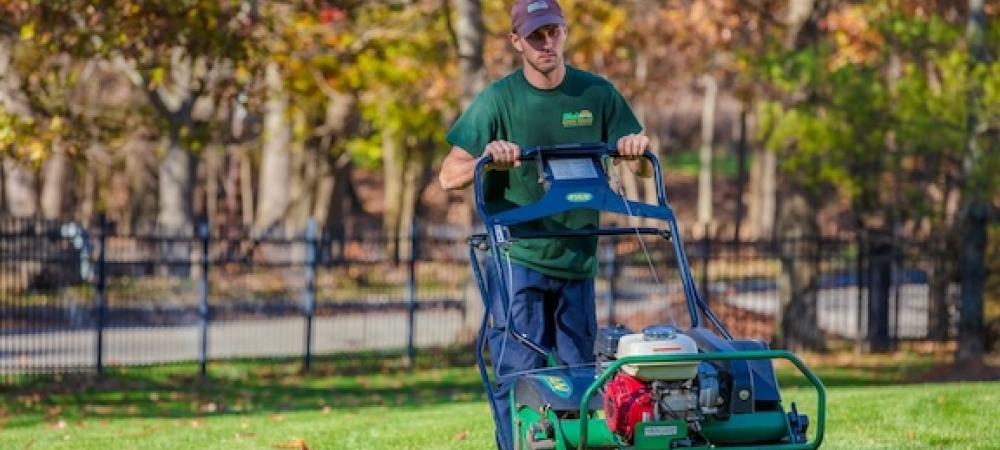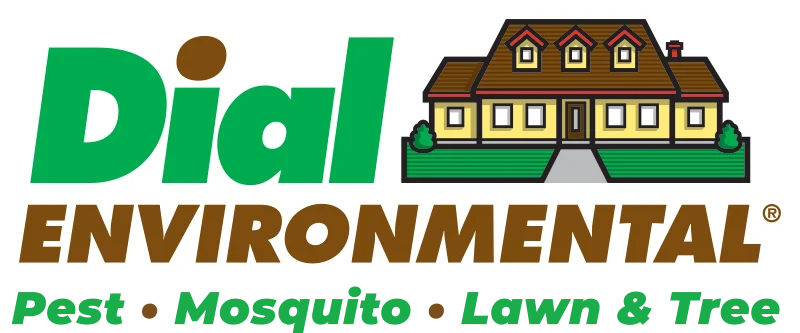Importance of Aeration and Seeding Services for Your Lawn

When fall starts to arrive in New Jersey, you might not think too much about your lawn. Engaging in lawn maintenance activities in the fall is vital for your ability to enjoy a lush, green lawn in the spring and summer months. Grass can become stressed during the summer by the heat and drought. If your lawn is not properly aerated and overseeded in the fall, you may be left with bare spots. Dial Environmental offers aeration and seeding services to help you to enjoy a beautiful lawn year-round.
Aeration
Core aeration is important because it penetrates the thatch layer of grassroots and helps to break up compacted soil below. This allows more nutrients and water to penetrate into the deeper soil layers and gives more room for the roots to spread. Core aeration also improves your lawn’s surface drainage. Aerating in the fall allows new grass seedlings to take root so that you will have a vibrant lawn when the spring comes.
Overseeding
During the summer, your lawn can become damaged from heat stress and foot traffic. These weakened spots may become thin. In order to combat this type of damage to your lawn, it is important for you to overseed during the fall. The ideal time to overseed your lawn is during the early months of autumn. This is a time when grassy weed pressure is not as high as in spring, so no need for pre-emergent crab grass control (causing desirable grass seed to die alongside the crab grass). Additionally, the ground is still warm but temperatures outdoors begin to cool. Rain in the fall can help new seeds to germinate by moistening them. This is important so that the seeds can take root before the cold, harsh months of winter set in. When winter is over, you’ll enjoy a thicker, healthier lawn.
Annual aeration and overseeding services are important for keeping your lawn beautiful and healthy. If you do not have your lawn aerated and overseeded in the fall, your lawn may develop bare spots in the areas in which it has been damaged during the summer. Some lawn services professionals do not aerate lawns because they don’t have the equipment to perform this service. Dial Environmental has the equipment and knowledge to aerate and overseed your lawn so that it can look its best. Contact us today to schedule your appointment.
